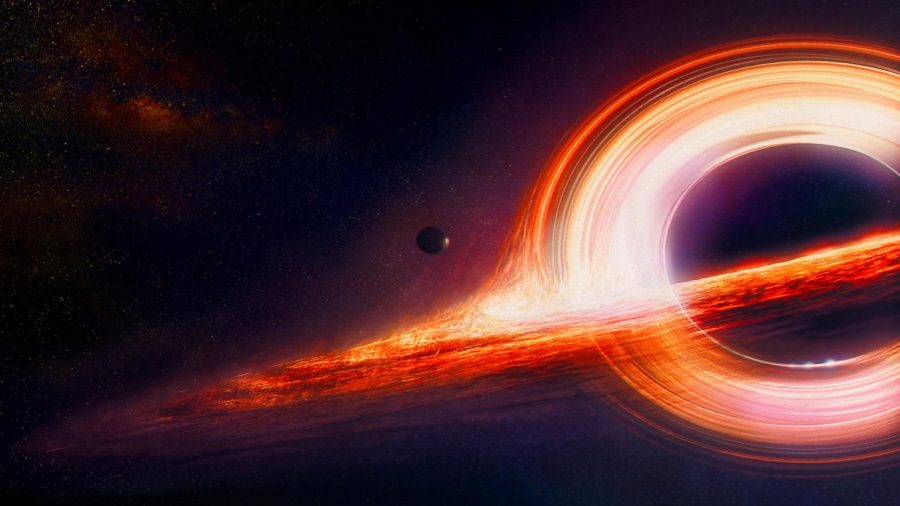Are We About to be Eaten by a Blackhole?
March 4, 2022
Hundreds of millions of black holes are predicted to exist in the Milky Way Galaxy. Only a few hundred have been discovered, thanks to the x-ray light of heated gasses surrounding them. Astronomers have discovered a “dark” black hole only 1000 light-years from Earth, or almost halfway across the galaxy. It is the nearest black hole to our planet that has ever been discovered in a visible star system.
The fact that most black holes are undetectable frustrates researchers, who can only learn about this ultimate stage of stellar formation from the few handful that have been discovered heating up a “accretion disk”—the swirling gas they eat. Using a technique adopted from exoplanet searches, astronomers have recently discovered numerous naked, non accreting candidates. Exoplanet searchers are on the lookout for periodic fluctuations in the frequency of starlight as it travels toward and away from Earth. This could be due to the gravitational pull of an unseen circling partner. A little tug could imply a light planet, while a bigger tug could indicate a black hole.
Using a 2.2-meter telescope operated by ESO and the Max Planck Society in Chile, Thomas Rivinius, a scientist with the ESO, and his colleagues analyzed the peculiar star system HR 6819 in this way. They initially assumed it was a binary system, but there was an extra instability in one of the stars’ periodic light changes, indicating that something else was expressing its presence. According to their findings published today in Astronomy & Astrophysics, it turned out to be a triple structure, with one star in a fast 40-day orbit with an unknown companion and another star on a more distant, slow-moving track. The mass of the unseen companion was huge enough—four times the size of the Sun—that if it had been a star, Rivinius claims they would’ve seen it.
The researchers will examine the system more closely to ensure that the companion is a black hole. The team has requested time to use ESO’s optical interferometer, which combines the light from multiple telescopes to attain the resolution of a much larger one. Rivinius claims that while they won’t see the black hole, they should observe one of the stars orbits around an invisible mass.
According to astronomer Benjamin Giesers of the University of Göttingen, the team was fortunate to come upon such a system. He and his colleagues looked at 25 globular clusters, which are star colonies that contain hundreds of thousands of stars scattered over the Milky Way. One black hole candidate, roughly 4.5 times the mass of the Sun, was discovered tugging on its companion star in 2017.
He adds a word of caution, noting that some black hole candidates haven’t stood up to scrutiny. He goes on to state how you should always stay skeptical when attempting to identify black holes. However, the discovery of non accreting black holes in binary and triple systems suggests that there must be many more solitary black holes out there, perhaps even closer than HR 6819.
Source: https://www.eso.org/public/archives/releases/sciencepapers/eso2007/eso2007a.pdf
